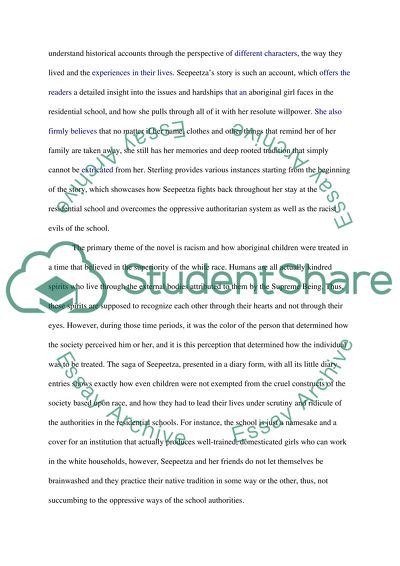Cite this document
(“My Name is Seepeetza by Shirley Sterling Essay Example | Topics and Well Written Essays - 1750 words”, n.d.)
Retrieved from https://studentshare.org/english/1663857-my-name-is-seepeetza
Retrieved from https://studentshare.org/english/1663857-my-name-is-seepeetza
(My Name Is Seepeetza by Shirley Sterling Essay Example | Topics and Well Written Essays - 1750 Words)
https://studentshare.org/english/1663857-my-name-is-seepeetza.
https://studentshare.org/english/1663857-my-name-is-seepeetza.
“My Name Is Seepeetza by Shirley Sterling Essay Example | Topics and Well Written Essays - 1750 Words”, n.d. https://studentshare.org/english/1663857-my-name-is-seepeetza.


